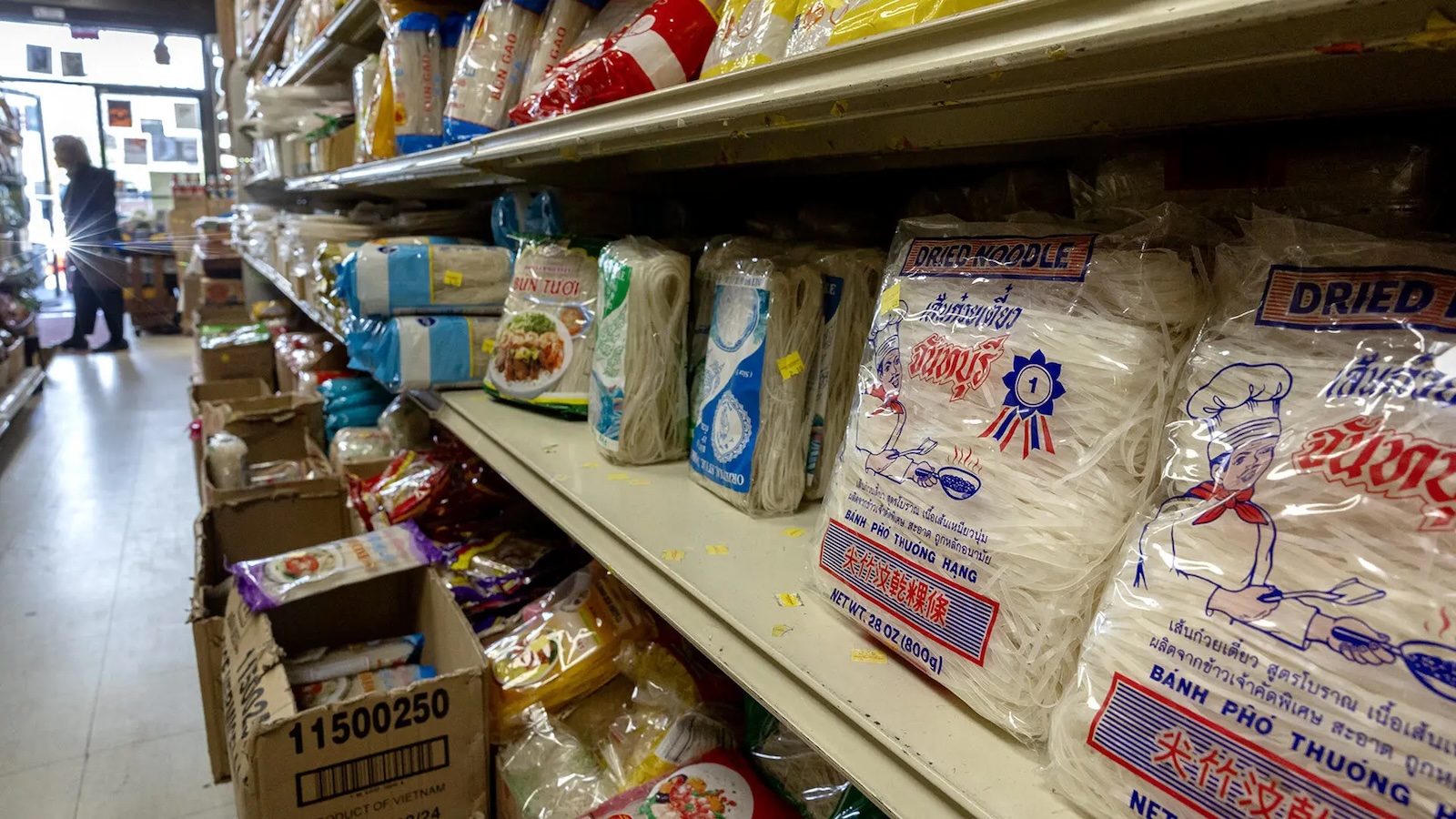A Taste of Ethnographic Research
April 16, 2025

In new course, students journey through foodways of Maryland’s immigrant populations.
Sala Levin '10 | Maryland Today
Hannah Tran ’28 was raised on aromatic noodle soups topped with handfuls of mint or basil, and grilled meat with rice prepared by her Vietnamese-born mom. In their Silver Spring, Md., yard, Tran’s parents grow a fibrous squash called luffa and mild, grassy-tasting chrysanthemum leaves, known as tan ô, that turn tender in a hot pot or are eaten raw in salads.
Even though she’s never been to Vietnam, Tran said, “I feel a strong connection to being Vietnamese through what my mother feeds me.”
Now, Tran is in a new University of Maryland class that lets students digest the importance of culinary traditions to the state’s immigrant communities. In the Department of American Studies course “Maryland’s Ethnic Foodways,” undergraduates learn ethnographic research skills by talking to members of immigrant populations in Montgomery and Prince George’s counties about the dishes they cook, the ingredients they use and the stores that sell familiar products.
“At a baseline level, everybody loves to eat,” said Madeline Hsu, professor of history and director of UMD’s Center for Global Migration Studies, who co-teaches the course with Psyche Williams-Forson, professor and chair of the American studies department. “A lot of times, foodways and the deep significance of food in people’s everyday lives are attached to family and community histories.”
Hsu and Williams-Forson highlight the ways in which the creation and commerce of food products are connected to gender, class, race and other sociocultural factors.
At the beginning of a recent class, Hsu laid out a sampling of snacks she’d bought at a local H Mart, a national chain of Asian supermarkets. She encouraged students to try savory prawn crackers; a chewy, milky-flavored caramel candy from China called White Rabbit; and haw flakes, thin pink discs made from hawthorn fruit.
Read the full story in Maryland Today.

